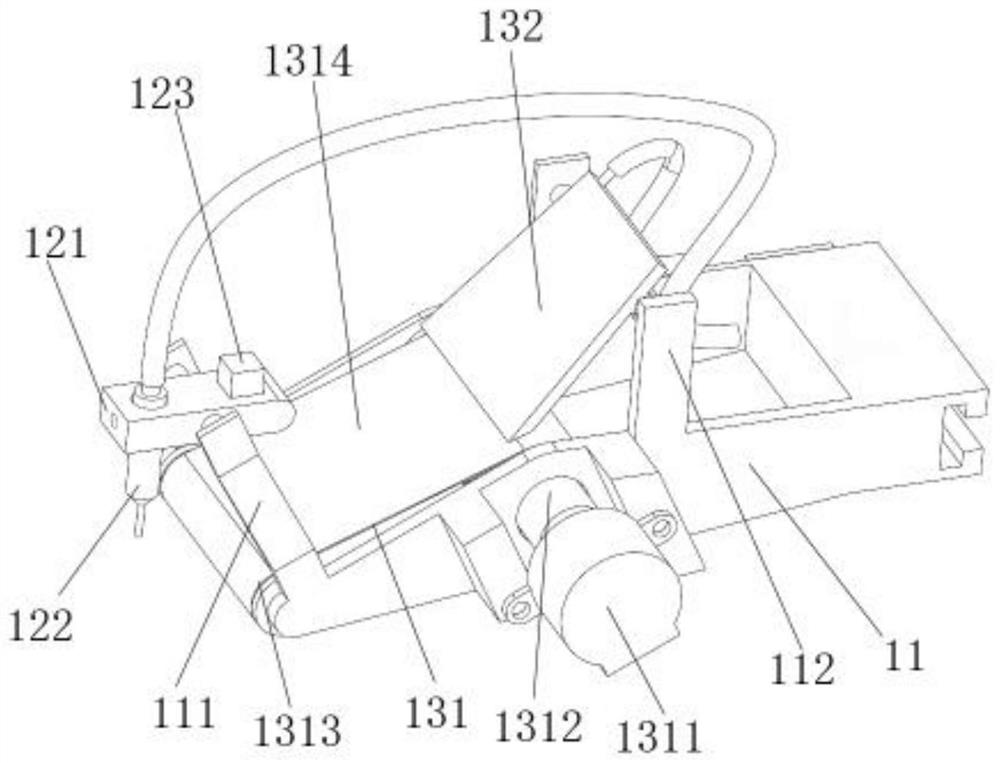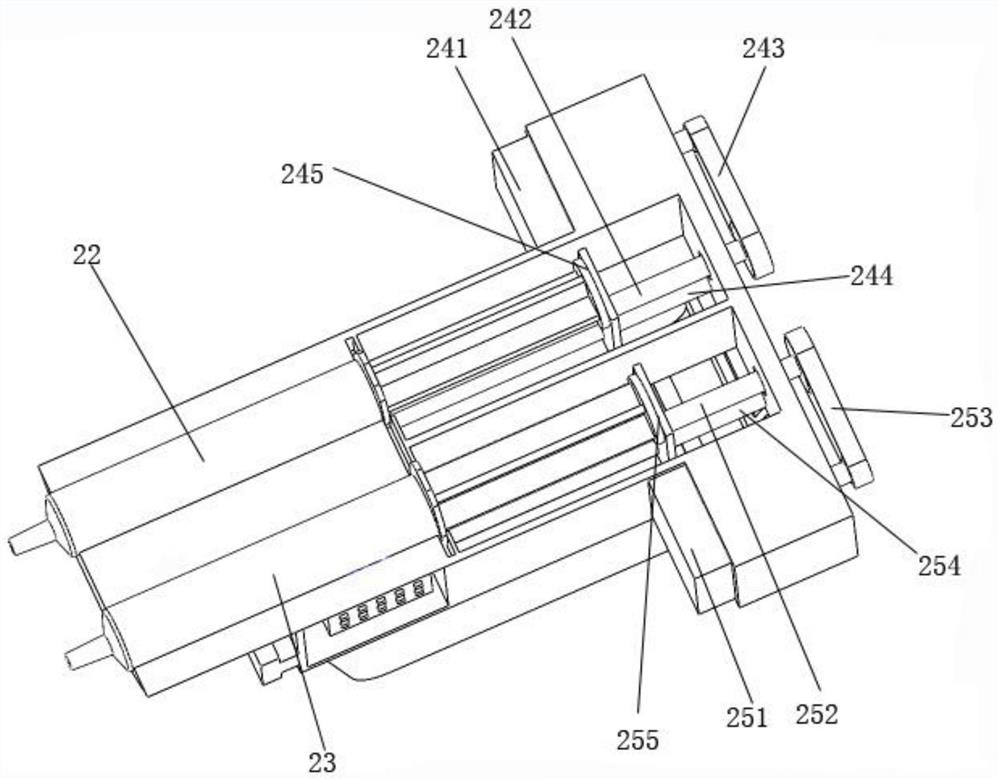Multi-process composite in-situ biological 3D printing equipment and use method thereof
A 3D printing and multi-process technology, applied in the field of biological 3D printing, can solve the problems that biological 3D printing cannot be realized, patterning cannot be realized, material accumulation is uneven, etc., and the effect of miniaturization, simplified structure and convenient use can be achieved.
- Summary
- Abstract
- Description
- Claims
- Application Information
AI Technical Summary
Problems solved by technology
Method used
Image
Examples
Embodiment Construction
[0048] The following will clearly and completely describe the technical solutions in the embodiments of the present invention with reference to the accompanying drawings in the embodiments of the present invention. Obviously, the described embodiments are only some, not all, embodiments of the present invention. Based on the embodiments of the present invention, all other embodiments obtained by persons of ordinary skill in the art without making creative efforts belong to the protection scope of the present invention.
[0049] Such as Figure 1-4 As shown, the embodiment of the present invention discloses a multi-process composite in-situ biological 3D printing device, including:
[0050] Material forming system 1, material forming system 1 includes a first support frame 11, an electrospinning forming module 12 and an extrusion transfer forming module 13, the electrospinning forming module 12 is installed on the balance support 111 at the front end of the first support frame ...
PUM
 Login to View More
Login to View More Abstract
Description
Claims
Application Information
 Login to View More
Login to View More - R&D
- Intellectual Property
- Life Sciences
- Materials
- Tech Scout
- Unparalleled Data Quality
- Higher Quality Content
- 60% Fewer Hallucinations
Browse by: Latest US Patents, China's latest patents, Technical Efficacy Thesaurus, Application Domain, Technology Topic, Popular Technical Reports.
© 2025 PatSnap. All rights reserved.Legal|Privacy policy|Modern Slavery Act Transparency Statement|Sitemap|About US| Contact US: help@patsnap.com



